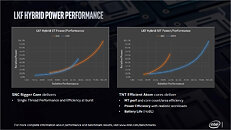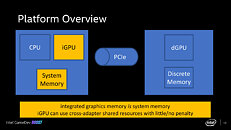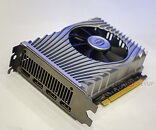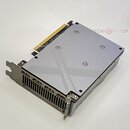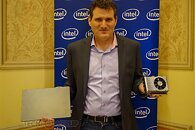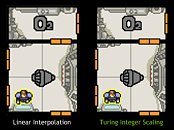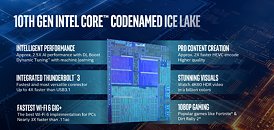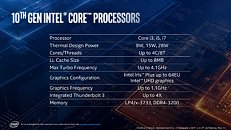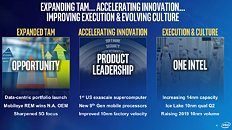
Micron Launches 6550 ION 60TB PCIe Gen5 NVMe SSD Series
Micron Technology, Inc., today announced it has begun qualification of the 6550 ION NVMe SSD with customers. The Micron 6550 ION is the world's fastest 60 TB data center SSD and the industry's first E3.S and PCIe Gen 5 60 TB SSD. It follows the success of the award-winning 6500 ION and is engineered to provide best-in-class performance, energy efficiency, endurance, security, and rack density for exascale data center deployments. The 6550 ION excels in high-capacity NVMe workloads such as networked AI data lakes, ingest, data preparation and check pointing, file and object storage, public cloud storage, analytic databases, and content delivery.
"The Micron 6550 ION achieves a remarkable 12 GB/s while using just 20 watts of power, setting a new standard in data center performance and energy efficiency," said Alvaro Toledo, vice president and general manager of Micron's Data Center Storage Group. "Featuring a first-to-market 60 TB capacity in an E3.S form factor and up to 20% better energy efficiency than competitive drives, the Micron 6550 ION is a game-changer for high-capacity storage solutions to address the insatiable capacity and power demands of AI workloads."
"The Micron 6550 ION achieves a remarkable 12 GB/s while using just 20 watts of power, setting a new standard in data center performance and energy efficiency," said Alvaro Toledo, vice president and general manager of Micron's Data Center Storage Group. "Featuring a first-to-market 60 TB capacity in an E3.S form factor and up to 20% better energy efficiency than competitive drives, the Micron 6550 ION is a game-changer for high-capacity storage solutions to address the insatiable capacity and power demands of AI workloads."











